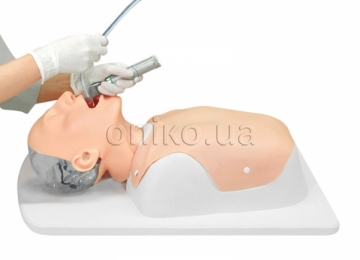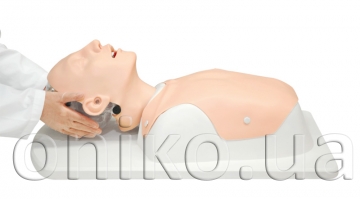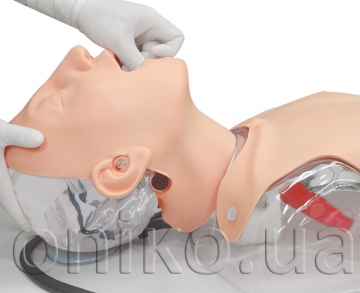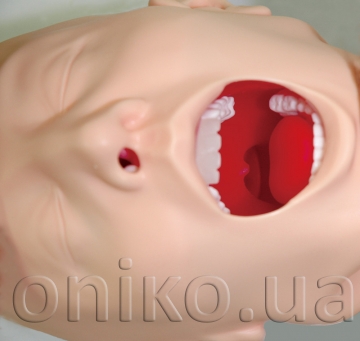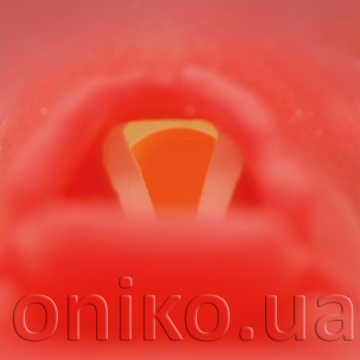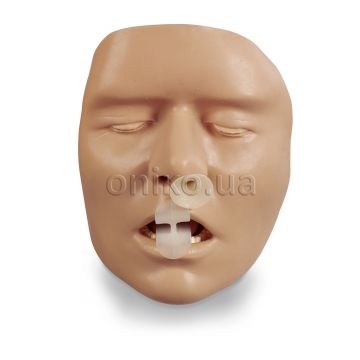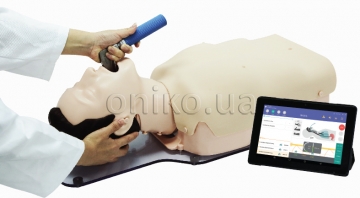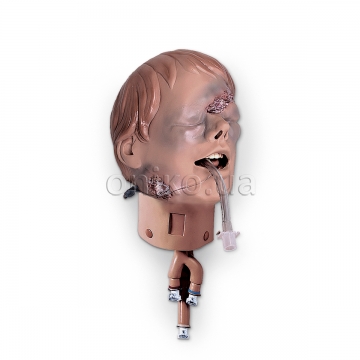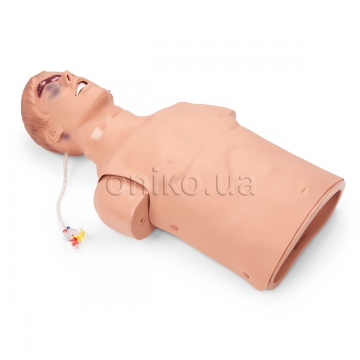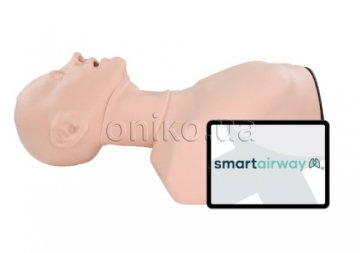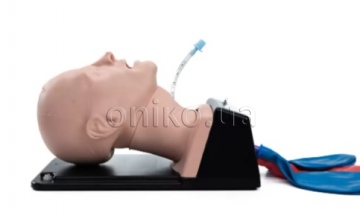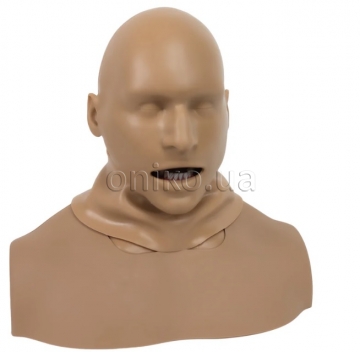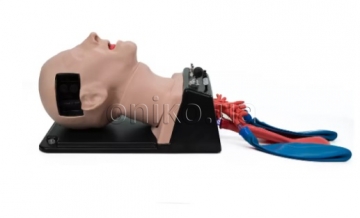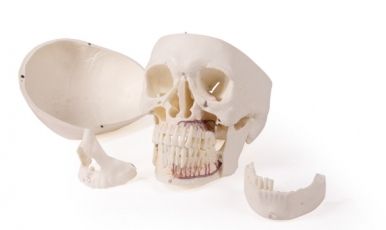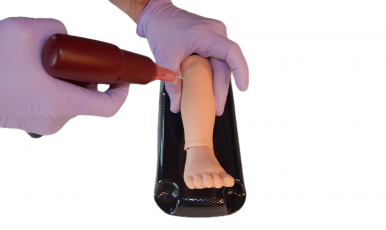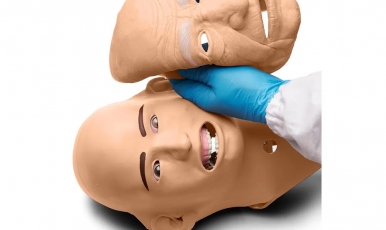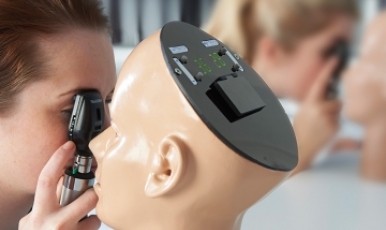Difficult Airway Management Simulator
The model provides realistic training aimed at gaining skills to restore airway patency. It has a set of special parameters: mouth opening (3 degrees), neck flexibility (2 degrees), inflatable tongue and laryngospasm. The model offers unprecedented experience in studying the method of restoring airway patency with a wide variety of parameters. Accurate anatomy and a realistic airway feel will meet the requirements of students who have any level of training
Features
- 24 combinations of cases
- Training in emergency, pre-hospital and clinical conditions
- Realistic articulation allows the use of techniques for tilting the head / chin and jaw movement
- Due to the installation of the head in the position for intubation, intubation can be performed using a laryngoscope
- Various airway skills: intubation with a laryngoscope, ventilation with an Ambu mask, nasal intubation, ventilation with a laryngeal mask, use of a video laryngoscope
Skills
- Methods of opening the airways
- Artificial lung ventilation with an Ambu bag
- Pre-intubation assessment of the respiratory tract
- Setting the head in the position for intubation
- Apply external pressure to the larynx to improve vision of the larynx
- Naso- and orotracheal intubation
- Use of the oropharyngeal airway
- Use of the nasopharyngeal airway
- Use of a laryngeal mask
- Using a video laryngoscope
- Fibroscopy
- Confirmation of successful ventilation by:
- Observation of the movement of the chest and abdomen (expansion of the lungs, bloating)
- Chest auscultation
- Feedback in case of incorrect procedure, including esophageal intubation and unilateral intubation
- Securing the tube with a tape or Thomas holder for the endotracheal tube

